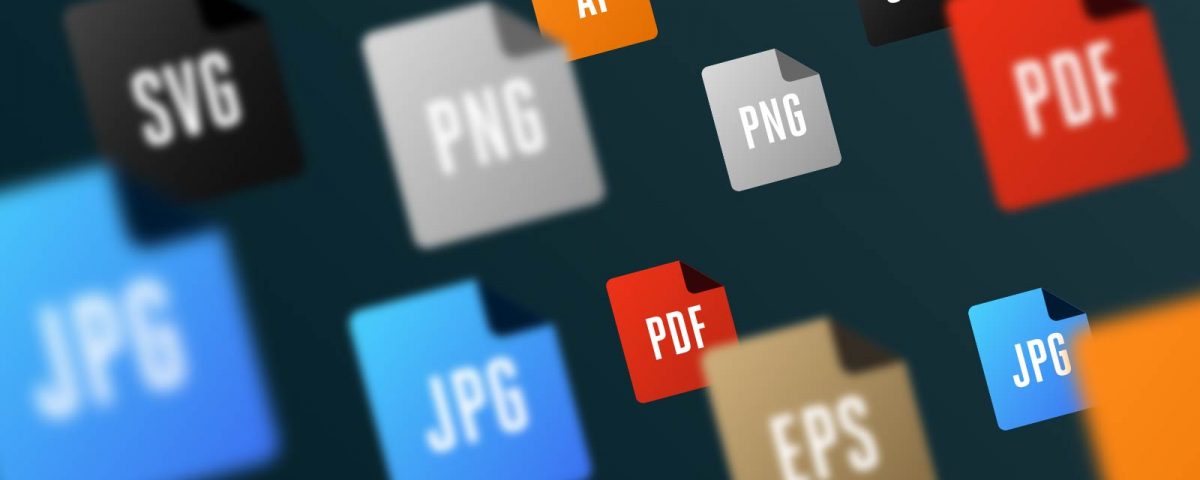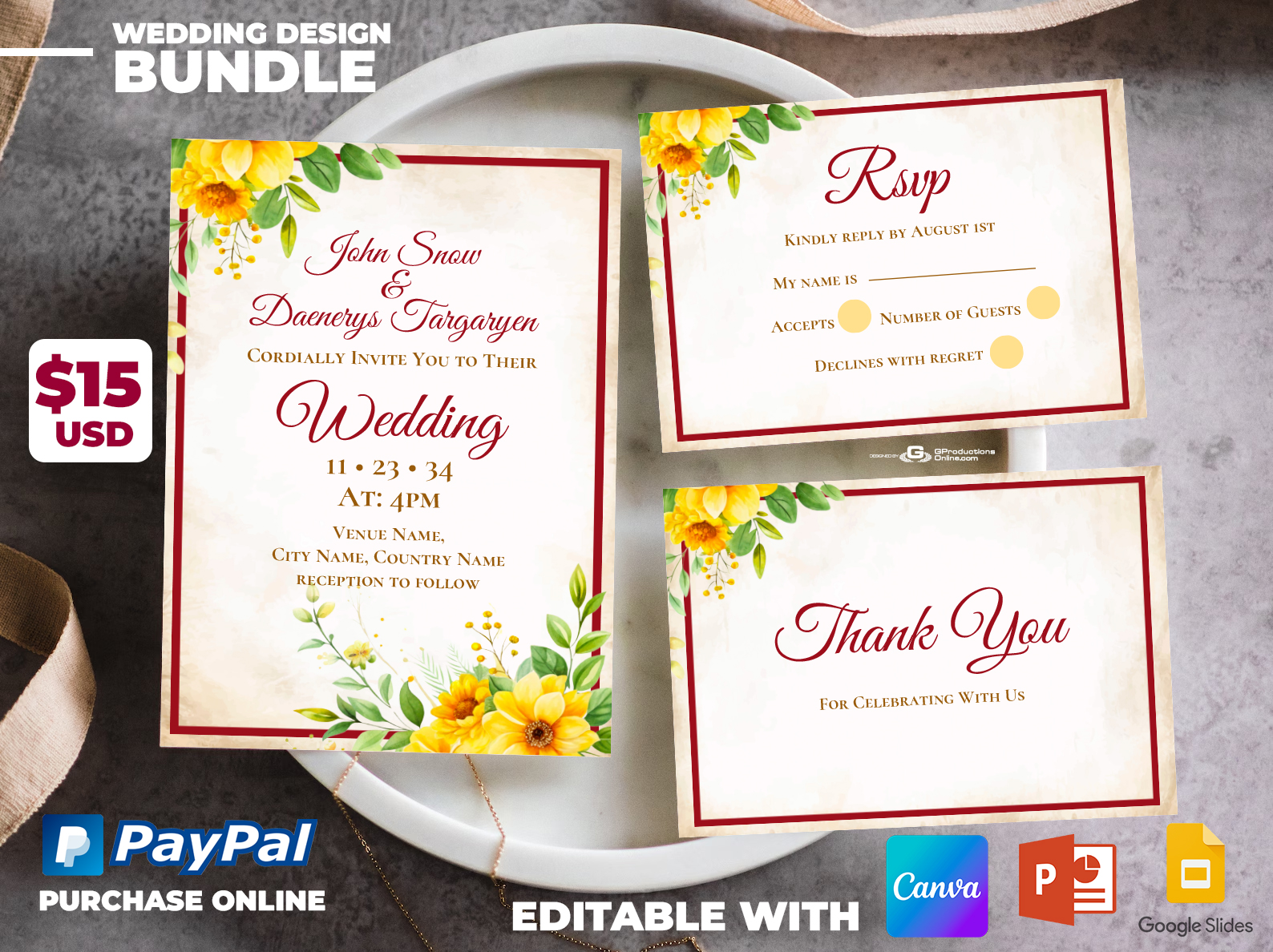Graphic Design – AI EPS JPG – Files Formats Explained

These brief definitions will help you better understand how each file format is best used.
.PDF (Preferred for most files)
PDF (short for Portable Document Format) is a file format developed by Adobe as a means of distributing compact, platform-independent documents. PDF captures formatting information from a variety of desktop publishing applications, making it possible to send formatted documents and have them appear on the recipient’s monitor or printer as they were intended.
You can use Adobe Acrobat to create PDF files, and you can view PDF files either with Adobe Reader or via a web browser with the PDF Viewer plug-in. For more information, visit the Adobe Acrobat website.
.EPS (Preferred for large signs and banners)
EPS (short for Encapsulated PostScript) is a vector format designed for printing to PostScript printers and imagesetters. It is considered the best choice of graphics format for high resolution printing of illustrations. EPS files are created and edited in illustration programs such as Adobe Illustrator or CorelDRAW.
Vector graphics are a scalable, resolution-independent format composed of individual objects or shapes. Vector images can be resized easily without loss of quality making them an ideal format for initial logo designs and illustrations to be used in multiple sizes.
.JPG (Preferred for images)
JPG (short for Joint Photographic Experts Group, and pronounced jay-peg) is a file format best used for photo images which must be very small files, for example, for web sites or for email. JPG uses lossy compression (lossy meaning “with losses to quality”). Lossy means that some image quality is lost when the JPG data is compressed and saved, and this quality can never be recovered.
File compression methods for most other file formats are lossless, meaning “fully recoverable”. However, this integrity requirement does limit efficiency, limiting compression of photo image data to only 10% to 40% reduction in practice (graphics can be smaller).
.TIFF (Preferred for high resolution images)
TIFF (short for Tagged Image File Format) is an industry standard designed for handling raster or bitmapped images. TIFF files can be saved in a variety of color formats and in various forms of compression. TIFFs use lossless compression to maintain image integrity and clarity and are often used for professional photography.
.GIF and .PNG
GIF (short for Graphics Interchange Format) is a file format for storing graphical images up to 256 colors. It uses a lossless compression method which makes for higher quality output. PNG (short for Portable Network Graphics) was created as a more powerful alternative to the GIF file format. PNGs are not restricted to the 256 color limitation of GIF files and have better compression. A PNG file can be saved with a transparent background which allows you to place your image on top of another image without an outlining white box.
GIF files are probably the most popular on the web being used in logos and color images. Even though PNG files are widely supported, GIF is still the most popular.




